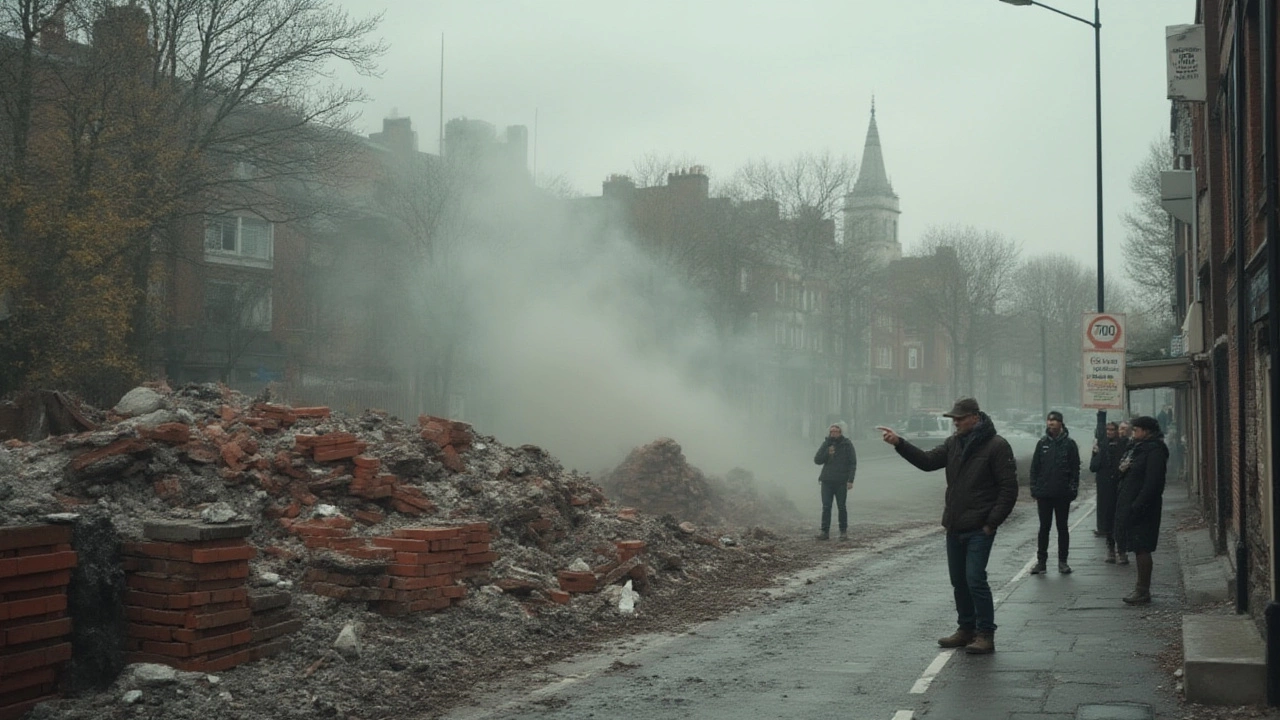Harmful Construction Materials: Spot the Risks Before You Build
If you’re planning a new house, a remodel, or even a small extension, the first thing to think about is what goes into the walls, floors and roofs. Some of the most common materials can release chemicals that irritate skin, cause breathing problems, or even affect long‑term health. The good news? You can avoid most of them by knowing what to look for and asking the right questions.
Common Toxic Materials You Might Meet
Asbestos – This old insulation and fire‑proofing fibre looks like fluffy white rock. It was popular for decades, but inhaling its fibers can lead to serious lung disease. If you see any old ceiling tiles, pipe insulation or floor felt that might be asbestos, get a professional test before you touch it.
Formaldehyde – Found in cheap pressed‑wood products such as particle board, MDF and some plywood, formaldehyde off‑gases for years. It can cause eye irritation and headaches. Look for products labeled “Low‑Formaldehyde” or “CARB‑compliant” to cut the risk.
Lead Paint – Houses built before 1990 often have lead‑based paint. When the paint chips or is sanded, lead dust can be inhaled or swallowed, especially dangerous for kids. Use a lead‑testing kit and have a certified contractor remove or seal it properly.
PVC (Polyvinyl Chloride) – Used for pipes, flooring and wall covering, PVC releases chlorine‑based chemicals when it’s heated or burned. These compounds can irritate the respiratory system. Consider alternatives like copper piping or natural stone flooring.
Silica Dust – Cutting or grinding concrete, brick or stone creates fine silica particles. Breathing them can cause silicosis, a lung disease. Always wear a mask and use wet‑cut methods to keep dust down.
How to Choose Safer Alternatives
Start by asking your supplier for material safety data sheets (MSDS). If they can’t provide them, that’s a red flag. Look for certifications such as FSC‑certified wood, GREENGUARD or Eco‑Label, which show the product meets stricter health standards.
Choose natural or recycled options when possible. Hempcrete, straw‑bale walls, and reclaimed timber all have lower chemical footprints. They also tend to breathe better, which helps keep indoor air fresh.
When you’re hiring a builder, make sure they understand the importance of ventilation during construction. Good airflow removes dust and fumes before they settle into walls or furniture.
Finally, test the air quality after work is done. Simple home air monitors can flag high levels of VOCs (volatile organic compounds) and give you peace of mind before you move in.
Bottom line: Not every cheap material is worth the hidden health cost. By spotting the obvious culprits and picking proven alternatives, you protect your family and the planet – all without sacrificing style or durability.
What Building Materials Are Not Eco-Friendly? Top Materials To Avoid
Discover which common building materials are far from eco-friendly and how they harm the planet. Learn practical tips to make cleaner choices for any project.
